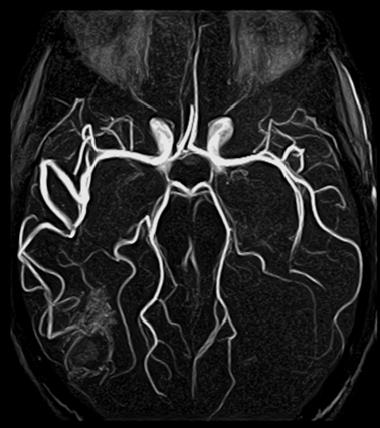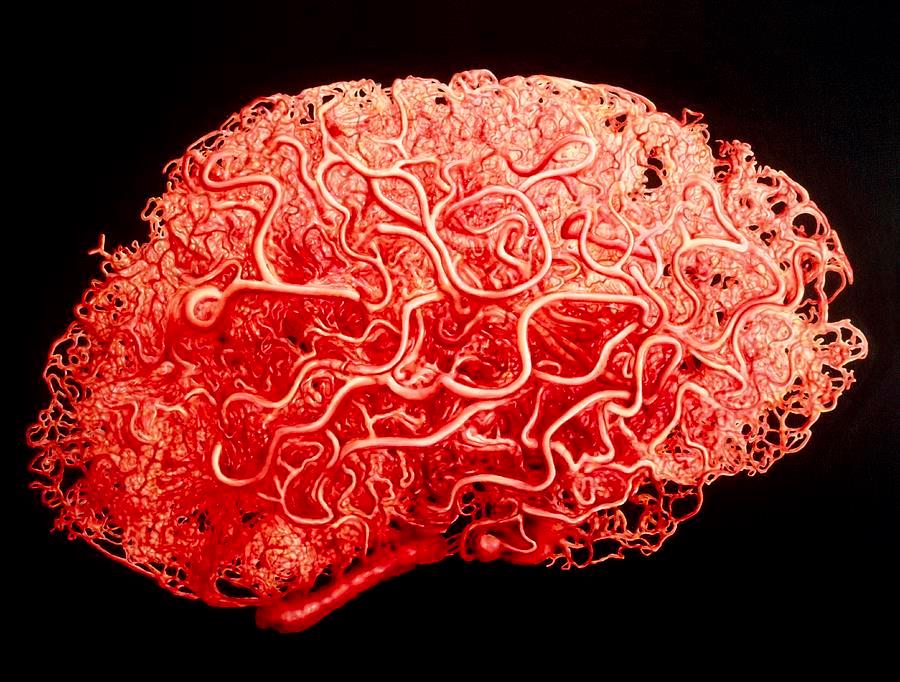Doelstelling:
The goal of this thesis is to estimate the feasibility of obtaining vascular access to specific brain regions for ivEEG recording by modeling the topology of the vasculature of the human brain. The topology of the vasculature of the human brain can be derived from in-vivo imaging (such as MRI) or ex-vivo imaging (such as vascular casting).
The student should first study the literature regarding the technical aspects of neuro-interventional procedures, segmentation of medical images, and modeling of vascular topology. Macroscopic models of the topology of the cerebral vasculature will then be developed based on in-vivo (human) and ex-vivo (bovine) data. Once the topology is well-known, the accessibility of specific brain regions will be estimated by applying certain conditions to the navigation of the catheter-based electrode: minimum vessel diameter, maximum angle of turns, etc. This will yield a map of the vascular accessibility of regions within the human brain, which can then be used to plan interventional procedures such as ivEEG recording.

